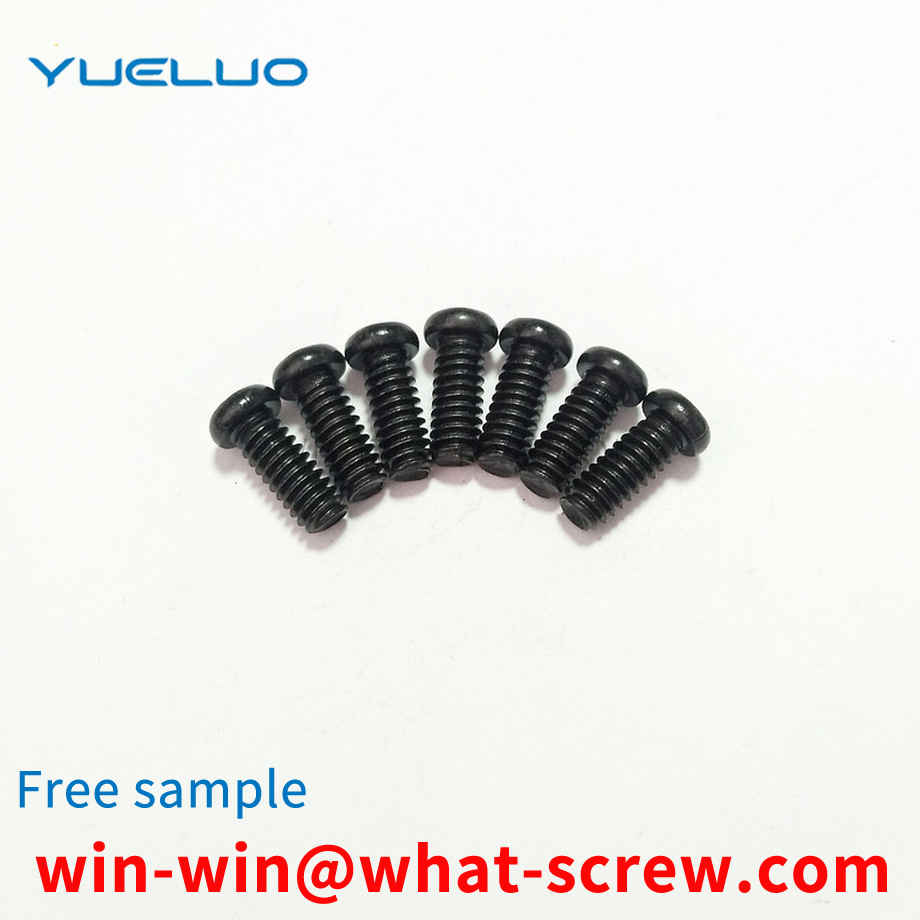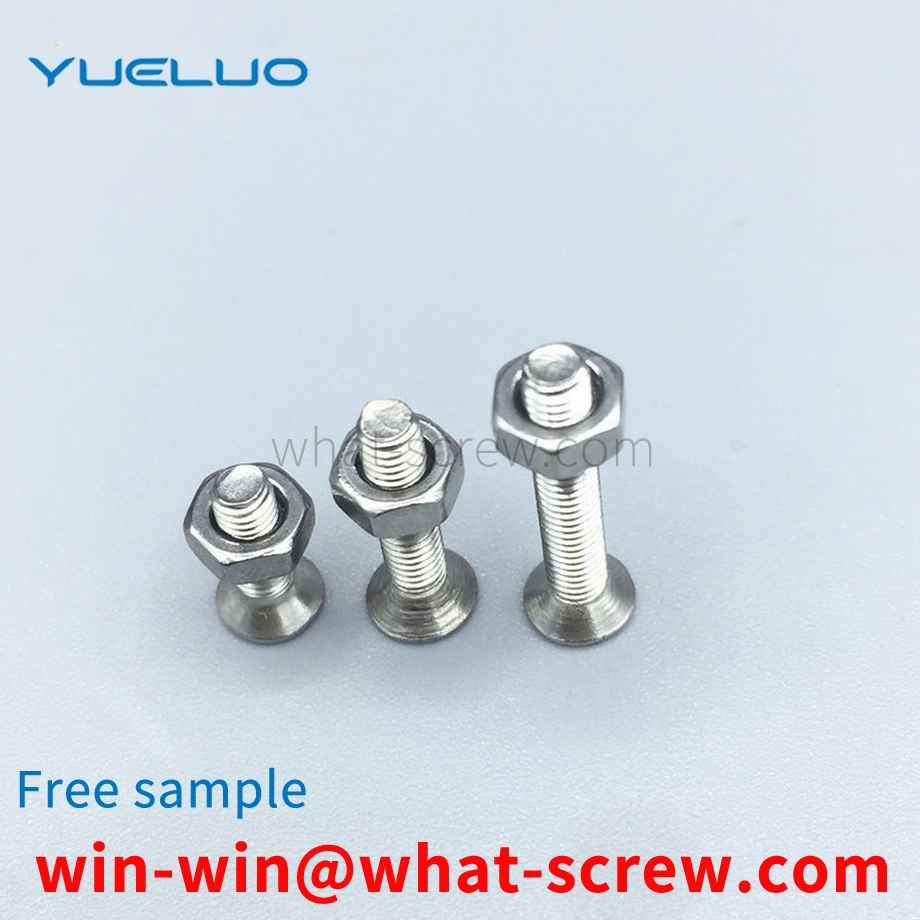The general nut will loosen itself due to vibration and other reasons during use. In order to prevent this phenomenon, the self-locking nut was invented. The main functions of self-locking nuts are anti-loose and anti-vibration. For special occasions. Its working principle is generally self-locking by friction. The types of self-locking nuts classified by function include those with nylon rings, those with neck closures, and those with metal anti-loosening devices. They are all effective torque type lock nuts (refer to GB/T3098.9-2002 national standard)
Blind rivets are a type of flying rivets for single-sided riveting, but they must be riveted manually, electrically, and automatically using special tools. This type of rivet is especially suitable for riveting occasions where it is inconvenient to use ordinary rivets and must be riveted from both sides, so it is widely used in construction, automobiles, ships, aircraft, machinery, electrical appliances, furniture and other products.
Generally, we have to divide the fine thread nut and the coarse thread nut first, but in fact, no matter what kind of fine thread, coarse thread, their specifications are the same, their specifications are M3, M4, M5, M6, M8, M10, etc. . But there is another kind of hexagonal nut, which is divided into English and American, which is only a different national standard. Made in China, it is called the national standard hexagon nut
The embedded nut is made of copper nuts made of various embossed wires (usually lead brass, such as H59, 3604, 3602). The embedded knurled copper nuts that we come into contact with on a daily basis are processed by precision automatic lathes. The reference standard for embedded knurled copper nuts comes from the national standard GB/T809. The main operation method of the anti-loose nut is to inject the embedded knurled copper nut. After heating, it is embedded into the plastic part or directly injected into the mold. If the mold is injection-molded, the melting point of PA/NYLOY/PET is above 200°C , After the embedded nut is hot melted into the plastic part, the temperature rises rapidly. After injection molding, the plastic body rapidly cools and crystallizes and becomes hard. If the embedded nut temperature is still at a high temperature, it may fall to the place where the copper nut contacts the plastic part. Start to loosen or crack. Therefore, copper nuts are used instead of carbon steel nuts in the injection molding of embedded nuts. There are two ways to form the external knurling of the embedded copper nut. One is to use copper raw material to draw the knurl and then to produce it on the upper equipment. Generally, the pattern of this method is straight, and the other is to use The round copper material is directly embossed while tapping during the production process. This processing method can produce some non-standard size knurled copper nuts. The embossed shape of the embedded copper nut can be selected by the user, such as mesh, Character embossing, herringbone embossing and other knurling patterns.
(1) The screw-in performance test is to screw the self-tapping locking screw sample into the test plate until one complete thread completely passes the test without breaking. (2) The destructive torque test is to clamp the stem of the self-tapping locking screw specimen in a thread mold or other device that matches the screw thread, and uses a calibrated torque-measuring device to measure the screw. Torque is applied until fracture, which should not occur in the clamped threaded portion. (3) Carry out a tensile test on the screw sample to check the minimum tensile load for failure. The fracture should be within the length of the rod or the unthreaded thread, and should not occur at the junction of the nail head and the rod. Before the sample breaks, it should be It can reach the minimum tensile load specified by the corresponding performance class. (4) Hydrogen embrittlement is a problem that must be strictly paid attention to in the surface treatment process of self-tapping locking screws. In the pickling process, the screw is stirred in dilute hydrochloric acid, and the amount of hydrogen absorbed by the pickling steel increases linearly with the square root of time and reaches the saturation value. Less than 100%, a large number of hydrogen atoms will be produced, which will be attached to the surface of the screw, resulting in hydrogen infiltration, and the steel will become brittle due to the absorption of hydrogen. The self-tapping locking screw takes 6~8h to drive hydrogen, and the temperature is 160~200℃ (phosphating) and 200~240℃ (electroplating). However, in the production process, the hydrogen drive time should be determined according to many production conditions such as core hardness, surface roughness, electroplating time, coating thickness, pickling time, and acid concentration. It is best to do it before passivation and just after electroplating.
We have many years of experience in the production and sales of screws, nuts, flat washers, etc. The main products are: GB858 sun pads, 10.9 galvanized screws, flat head hexagon socket screws, extended flat head bolts and other products, we can provide you with suitable fasteners for you solution.



















 Service Hotline
Service Hotline




